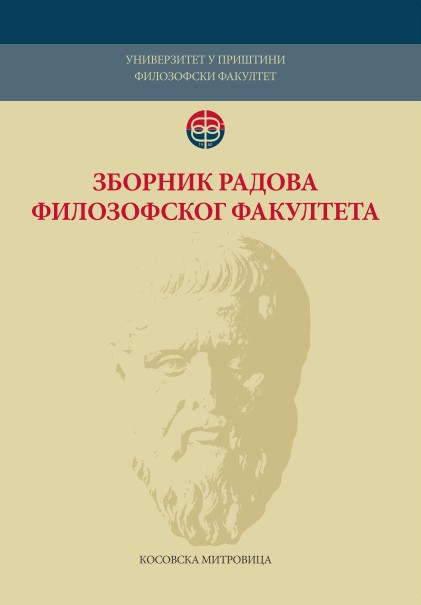Творбено-семантичка анализа нових сливеница у српском језику
A morphosemantic analysis of new blends in Serbian
Author(s): Gorica R. TomićSubject(s): Language studies, Language and Literature Studies, South Slavic Languages
Published by: Филозофски факултет, Универзитет у Приштини
Keywords: word-formation; blends; Serbian; morphosemantic analysis
Summary/Abstract: The paper qualitatively and quantitatively analyses the structural and semantic aspects of 250 new Serbian blends, collected from various sources, with the aim of: a) identifying the most frequent combinations of source words in terms of syntactic categories to which they belong as well as the most common syntactic categories of the output words, i.e. blends; b) identifying blending mechanisms and their frequency in the corpus; c) investigating semantic relations between the source words and semantic headedness in the blends; and, finally, d) identifying the most frequent semantic fields the blends pertain to. A structural analysis of the blends shows that blending in Serbian allows different combinations of syntactic categories, with the most frequent one being noun + noun. Consequently, most blends are nouns as well. Among the seven mechanisms identified in the corpus, the one in which the unclipped first word is blended with the second part of the second word, with a possible graphic and/or phonological overlap, has proved to be most productive. Semantics-wise, most blends are endocentric and right-headed, with a significantly smaller number of left-headed, coordinate, and exocentric blends. Regarding semantic fields to which the blends pertain, the semantic field of food and drinks appears to be the predominant one.
Journal: Зборник радова Филозофског факултета у Приштини
- Issue Year: 49/2019
- Issue No: 2
- Page Range: 61-84
- Page Count: 24
- Language: Serbian

